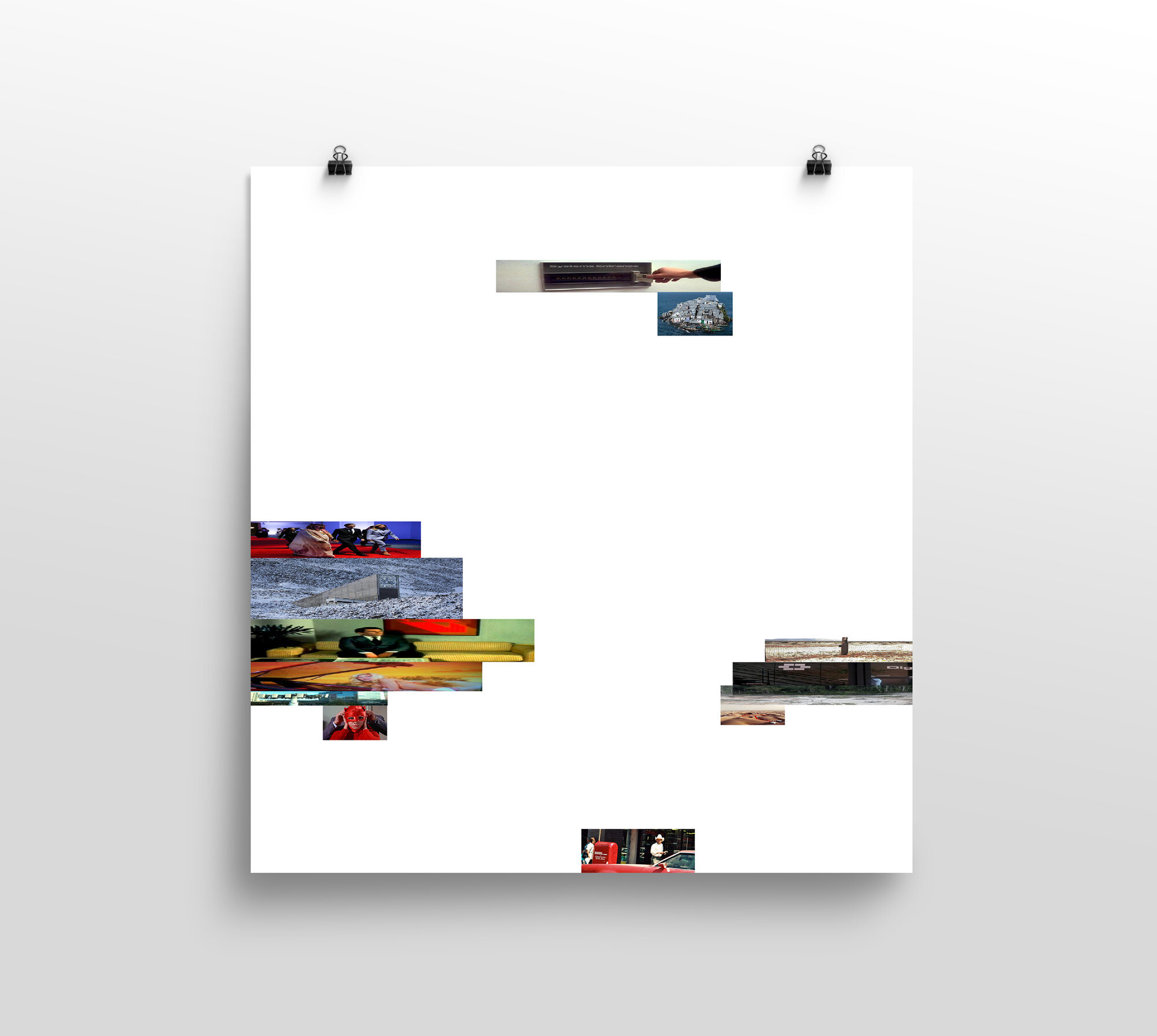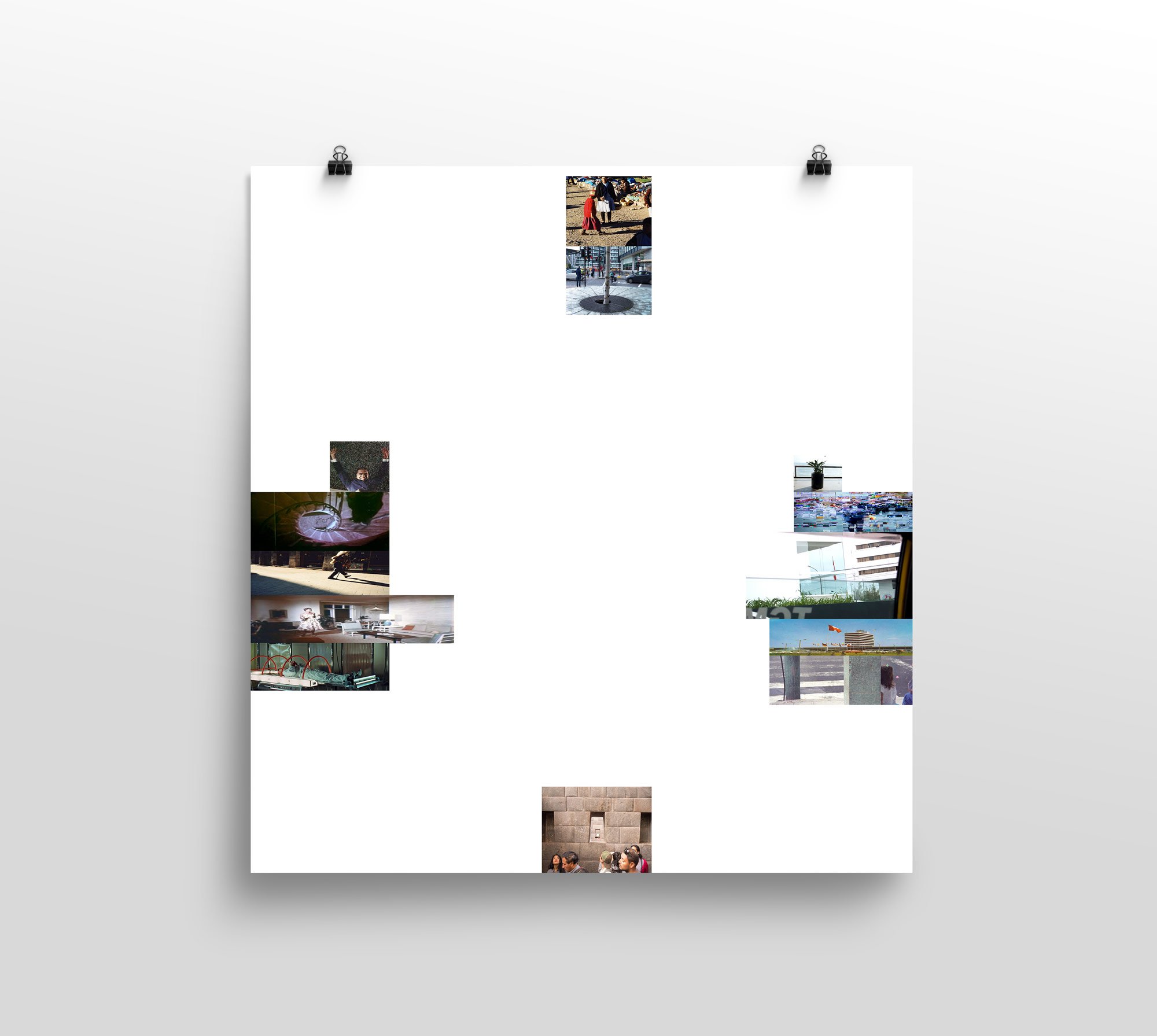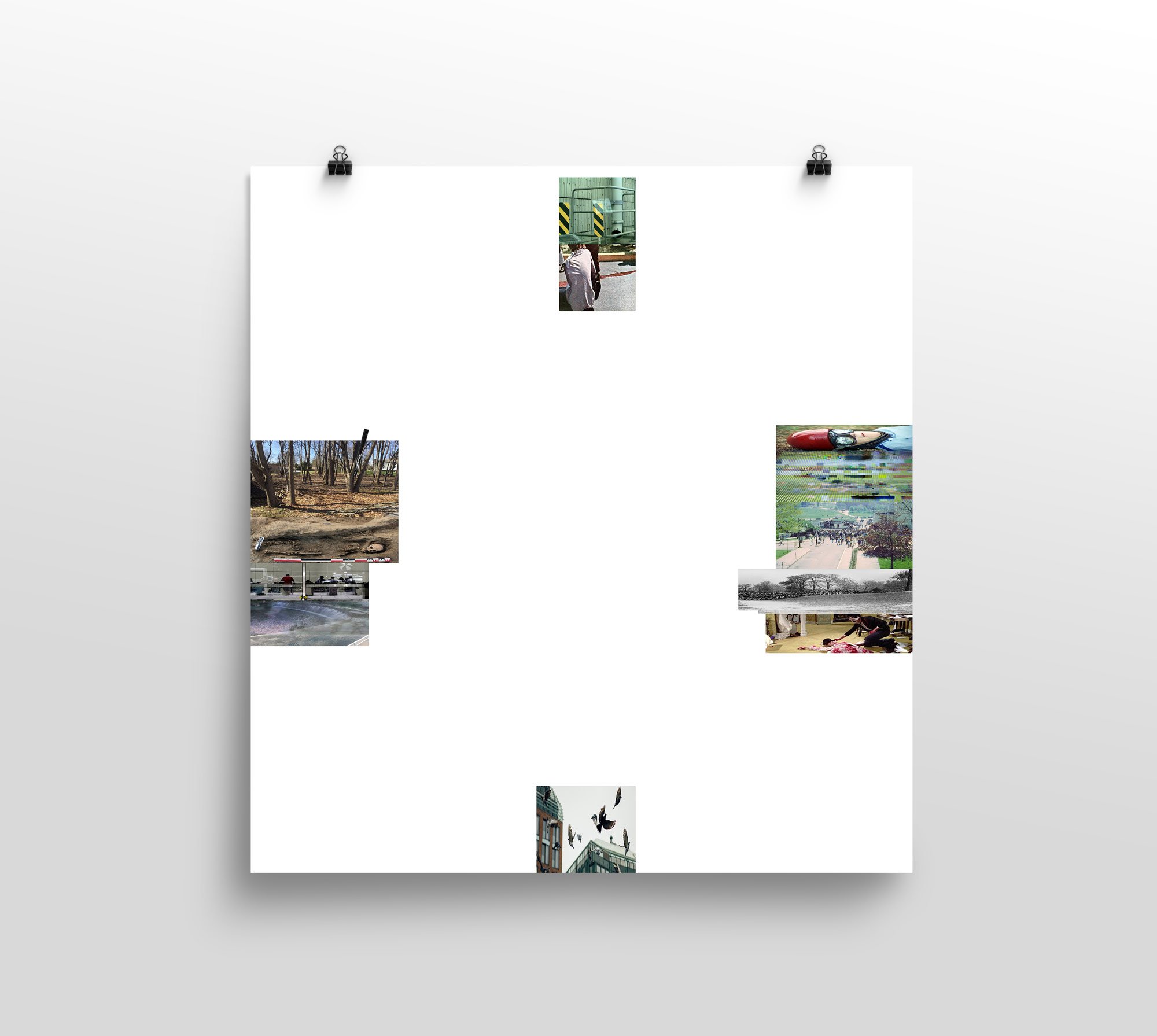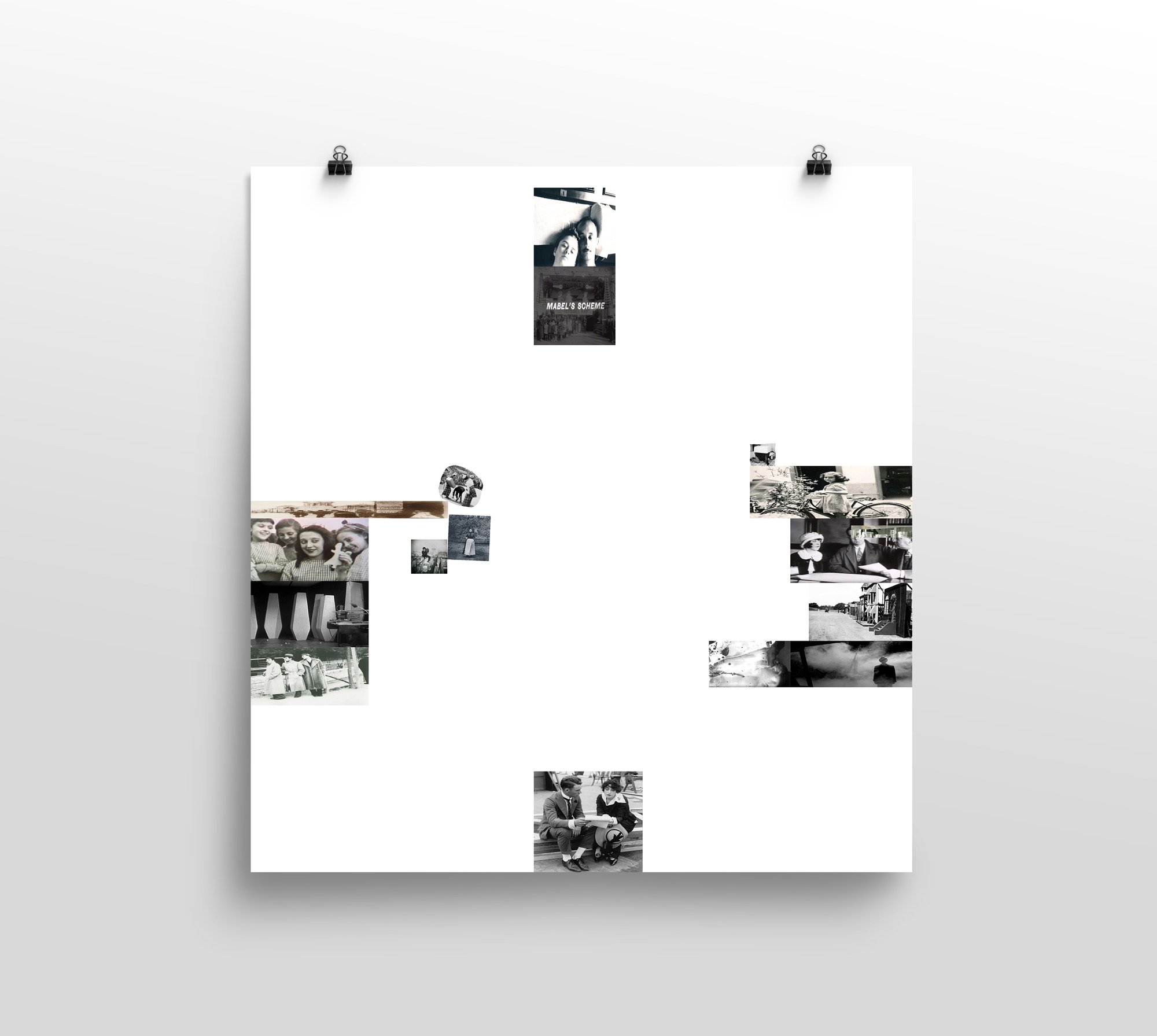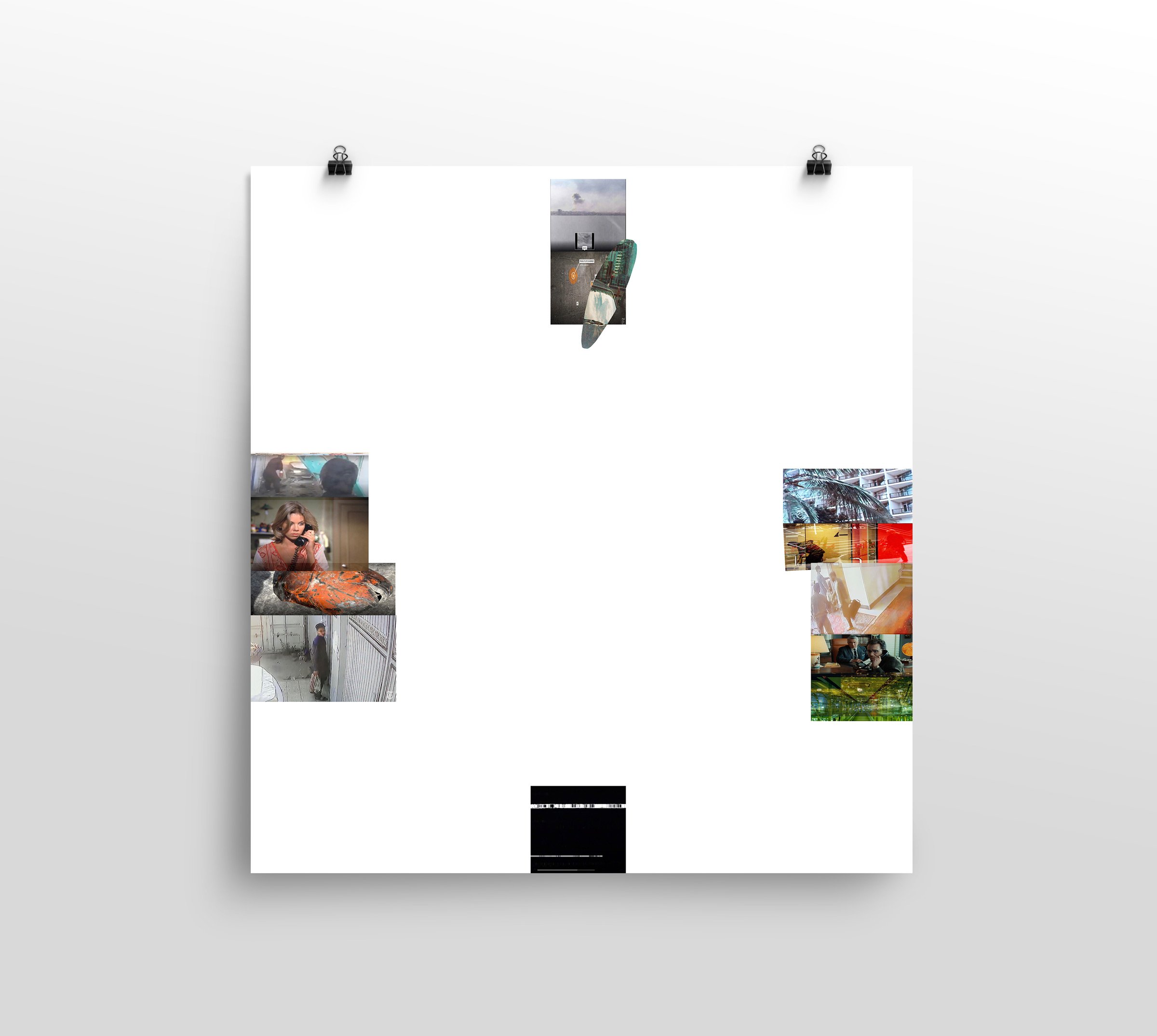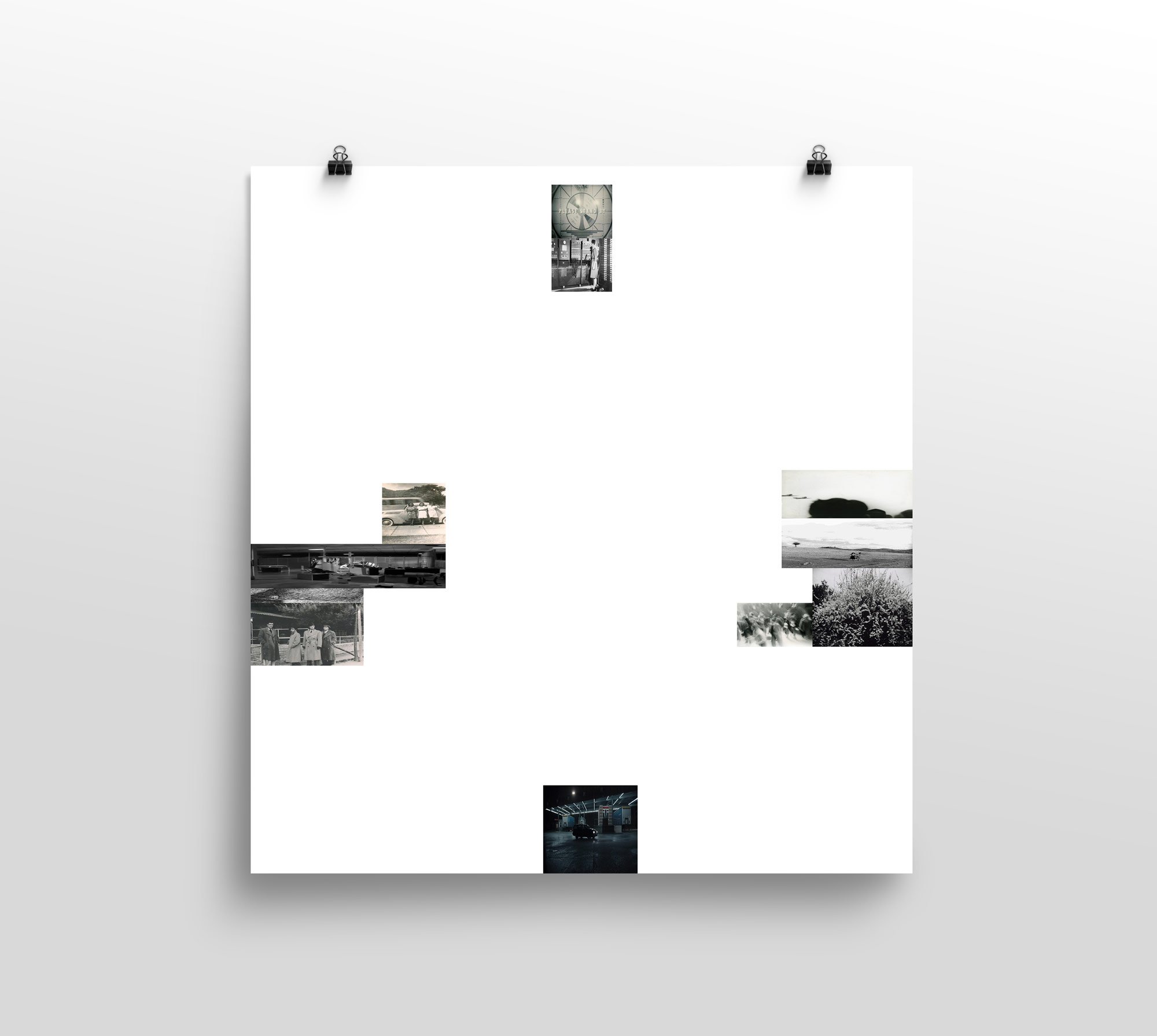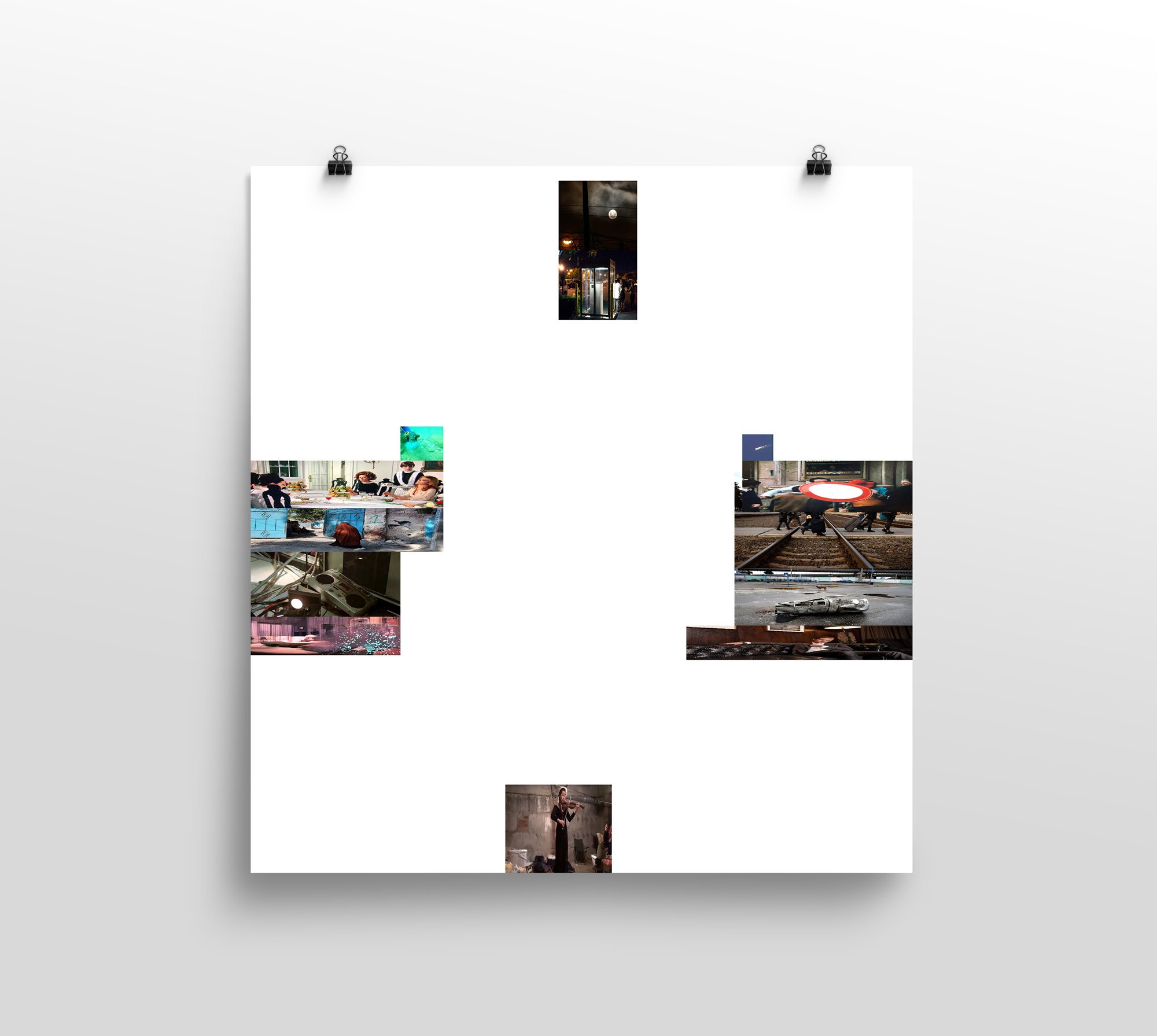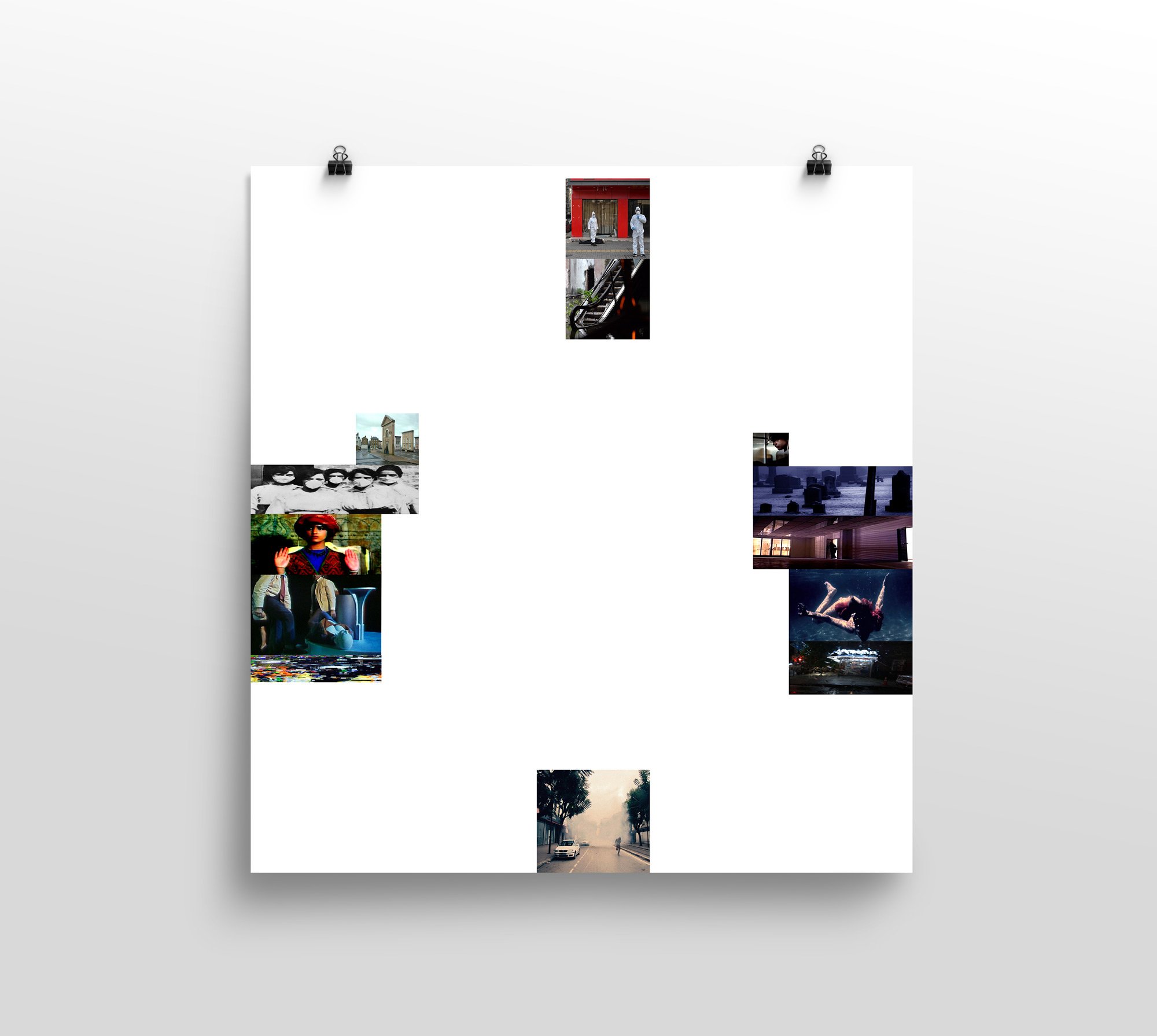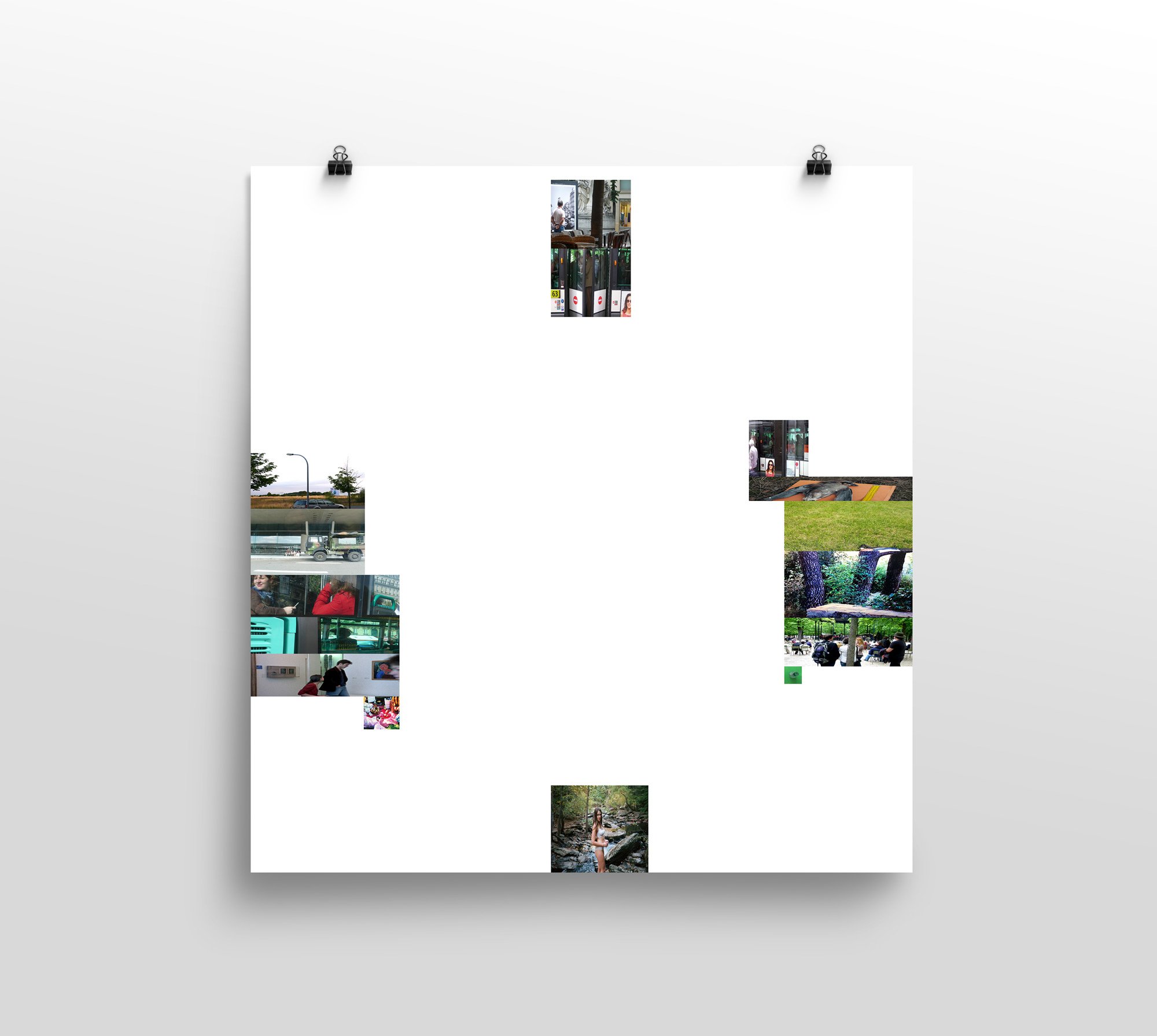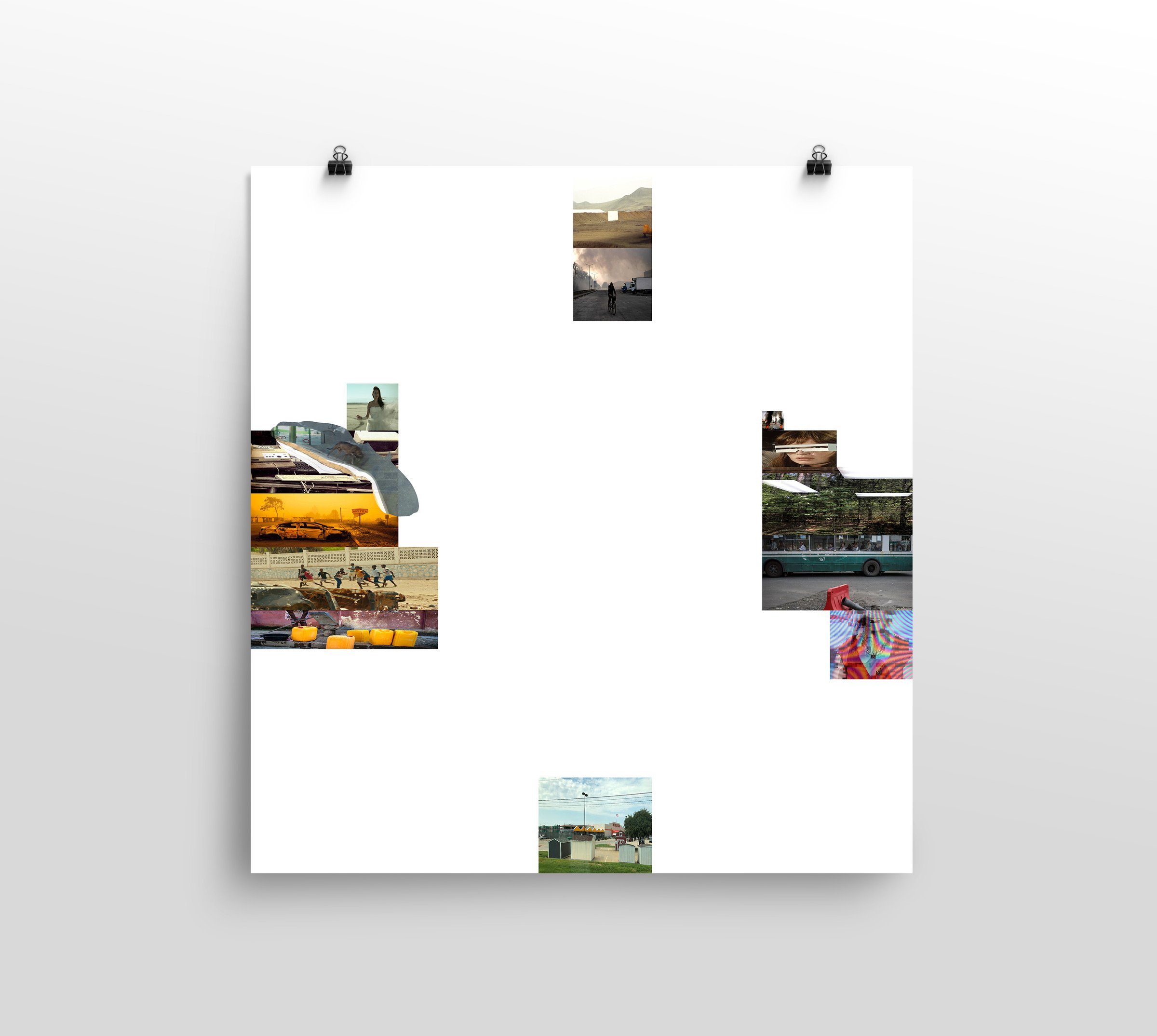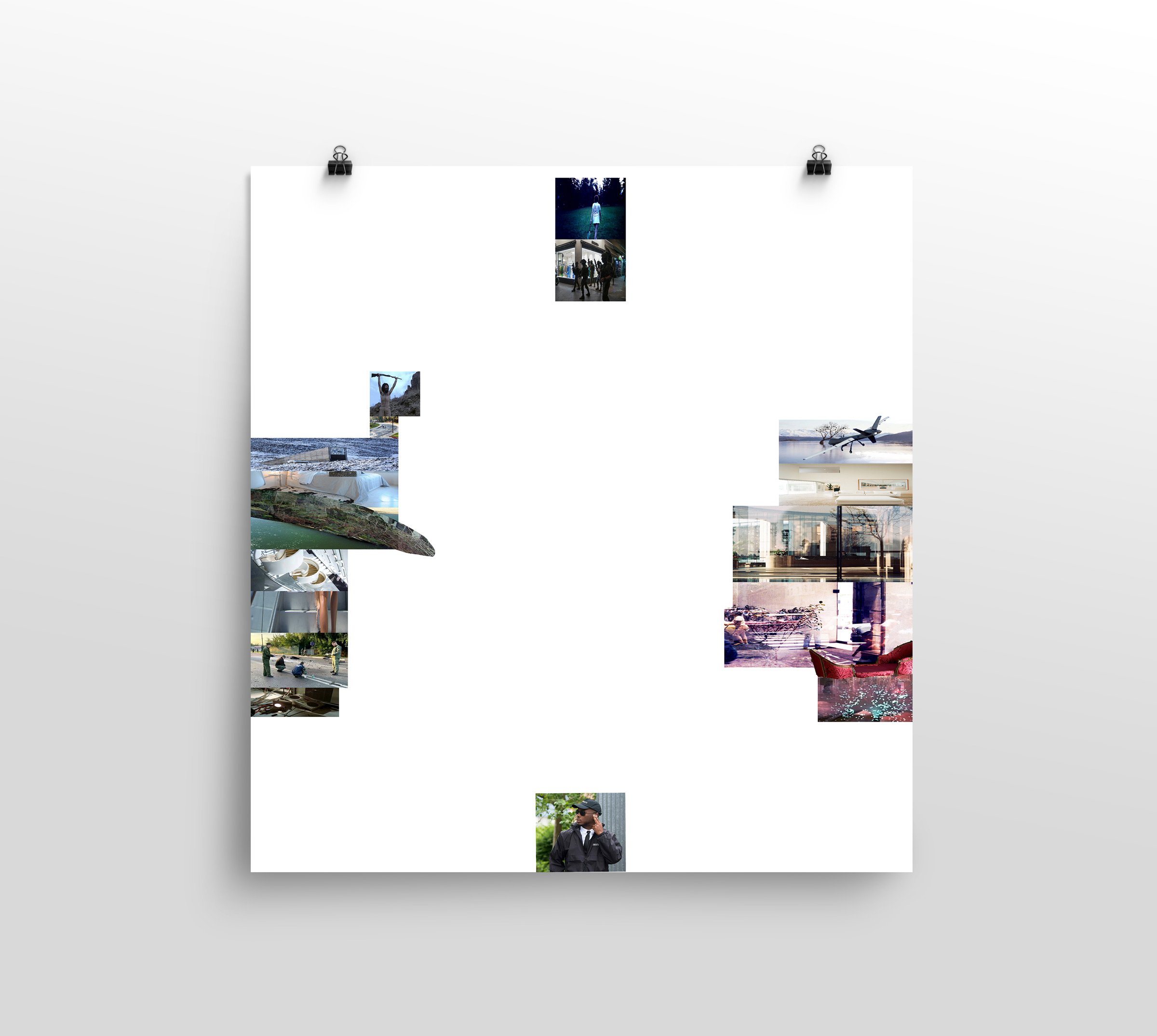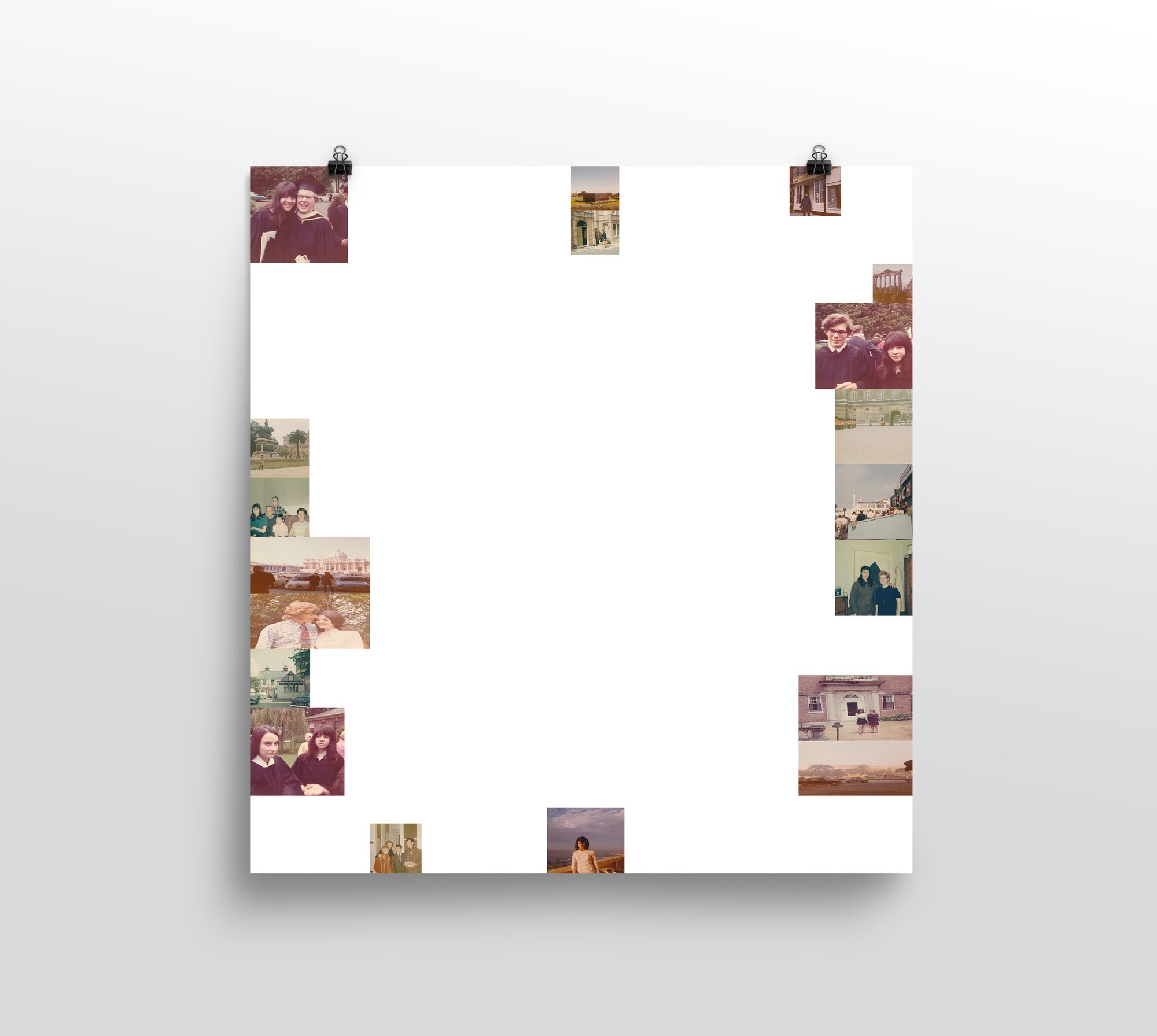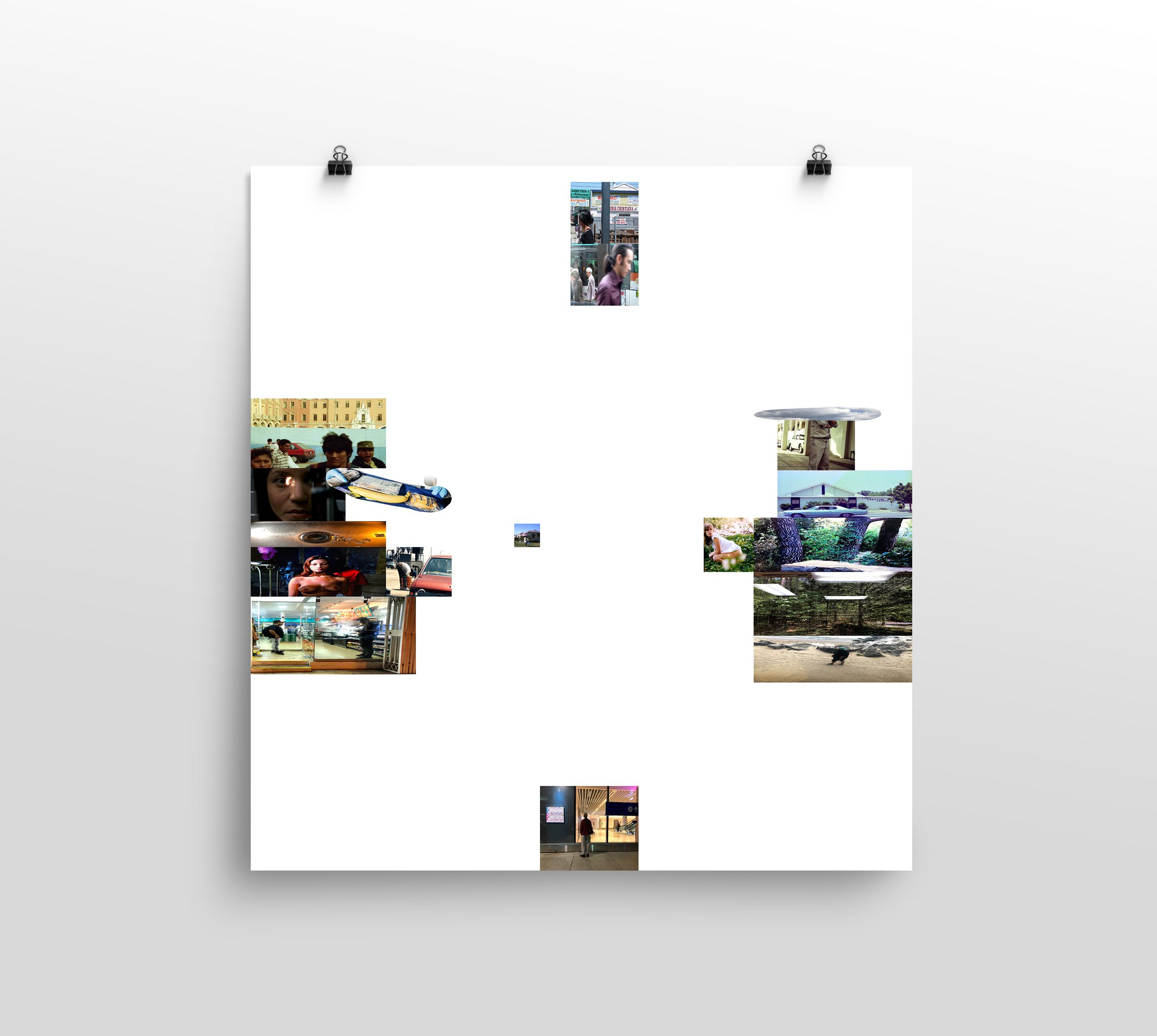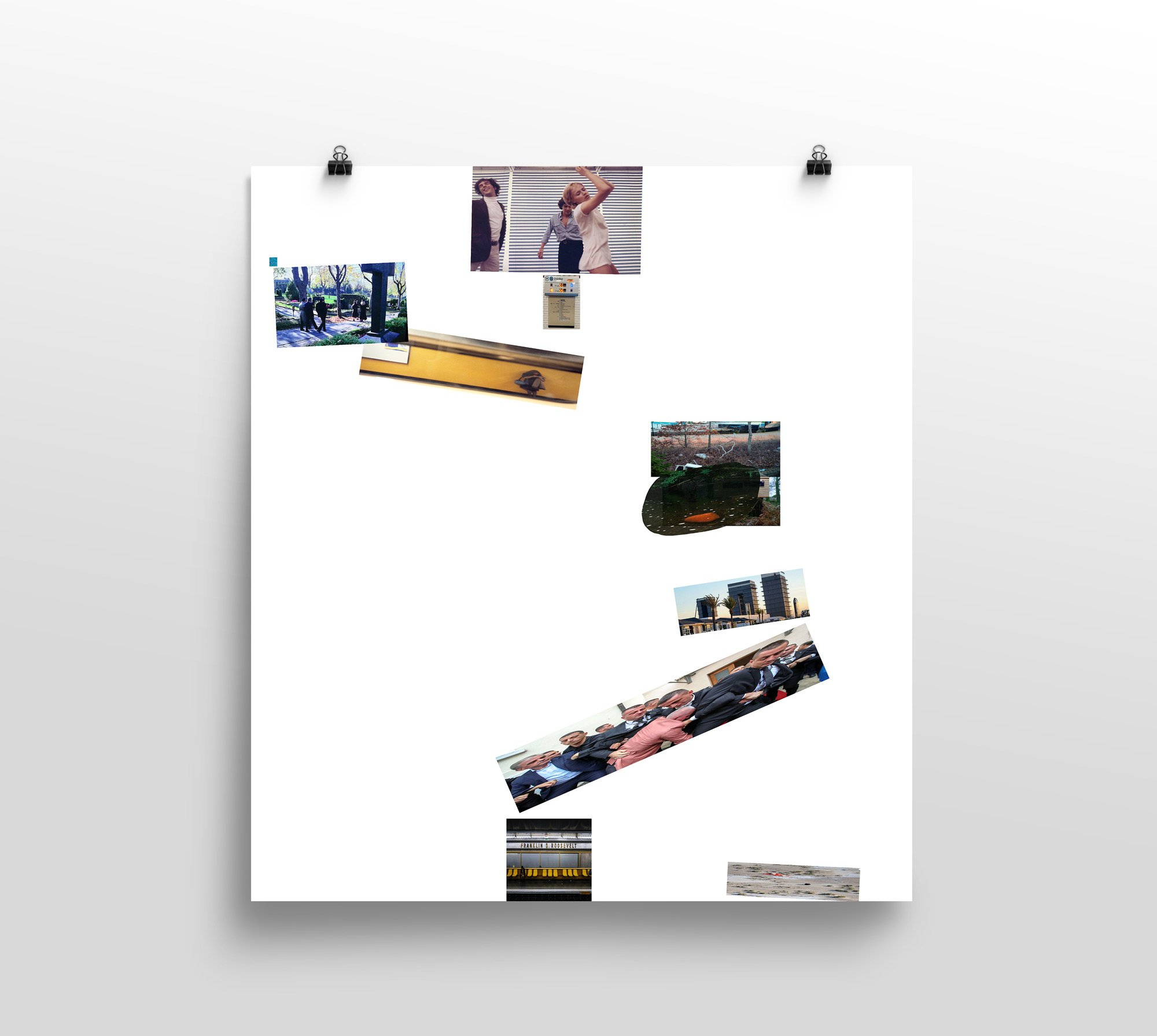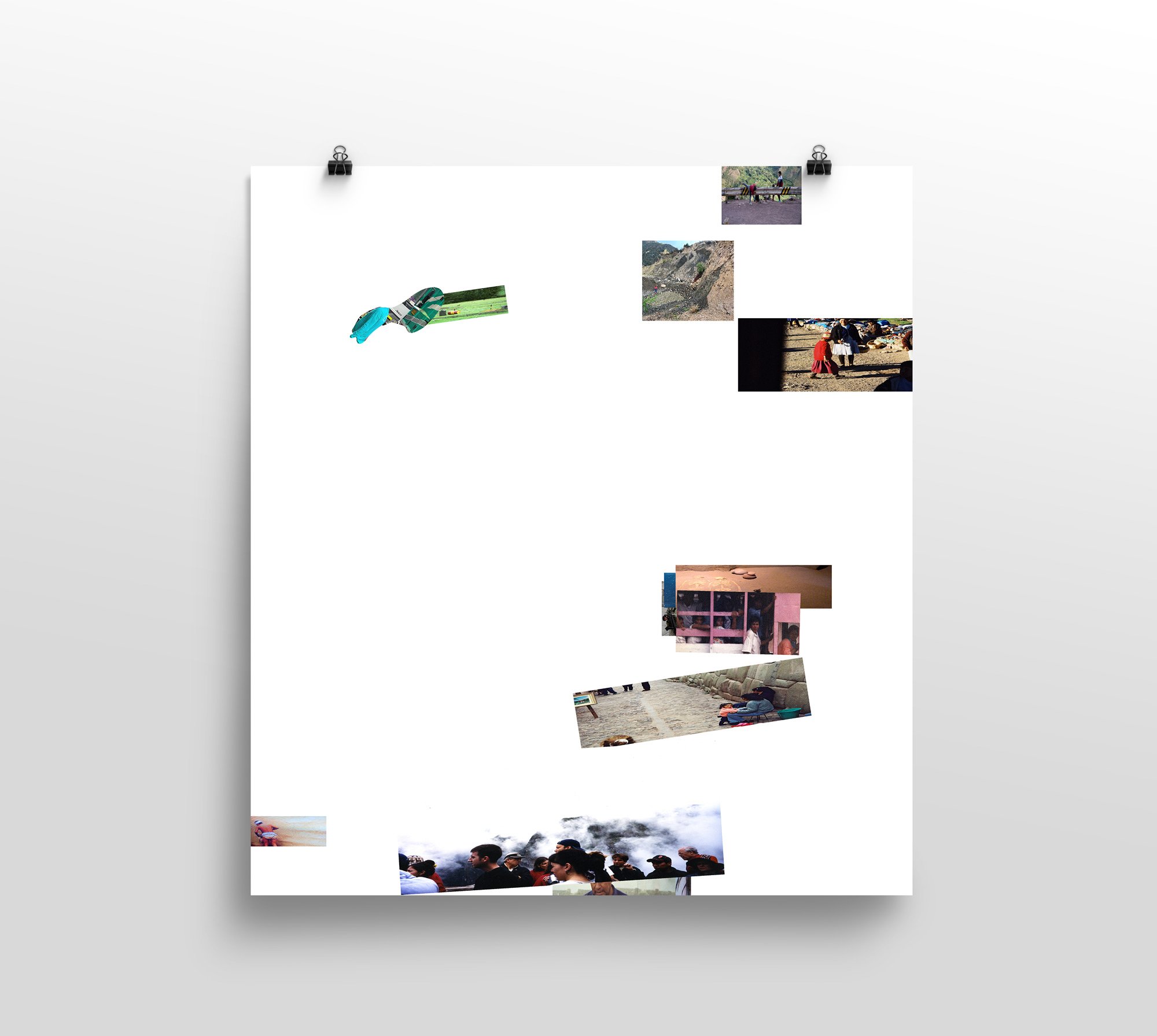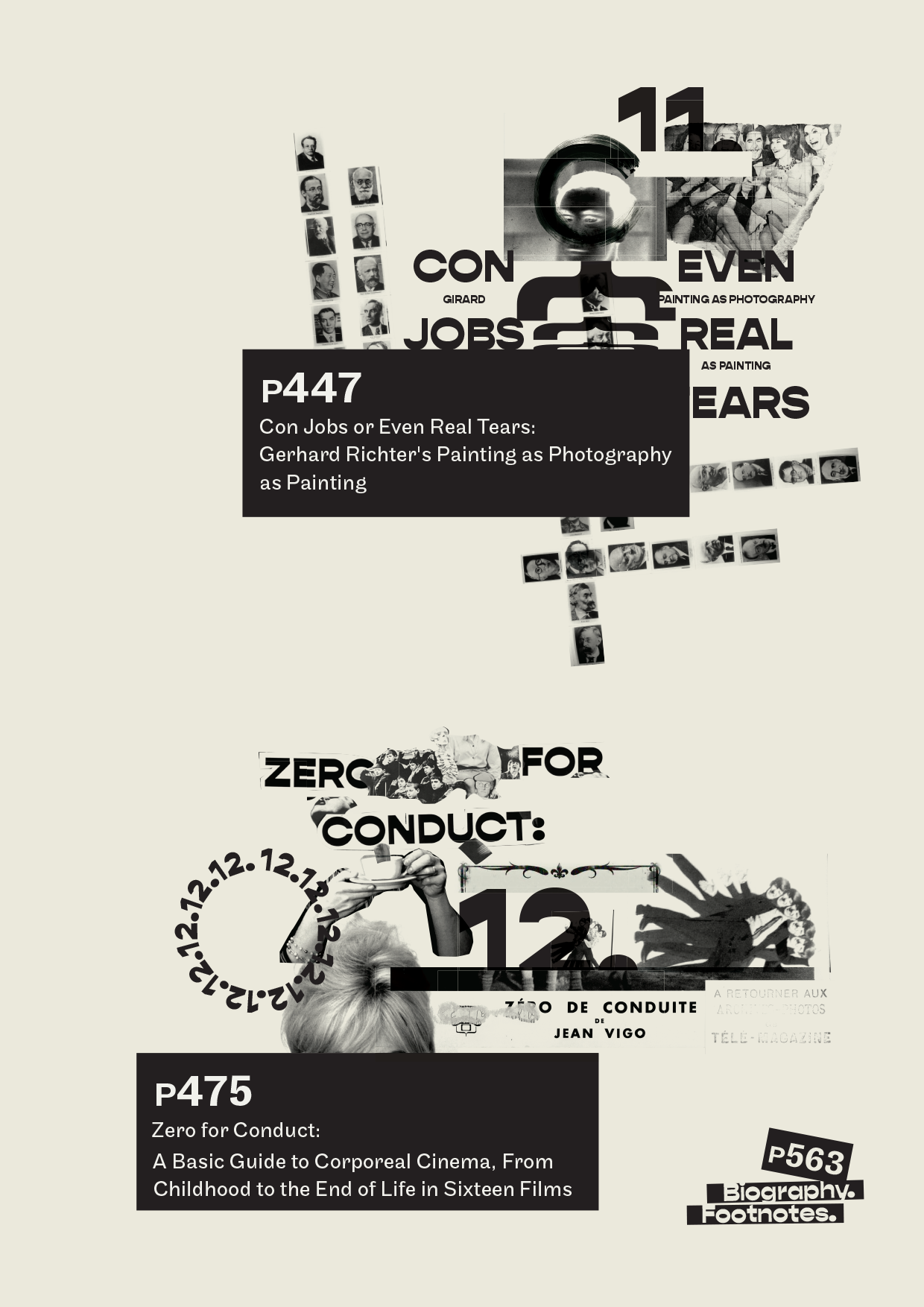Coming on to LA (in Twelve Songs)
13 1/2 minutes 2023 Digital Video - A film shot primarily at LAX and a bus ride from the airport to downtown Los Angeles. According to the French sociologist Marc Augé airports are “non-places” but there might be more here than meets the eye. With so many people in transit and so many families suffering under stress, making last minute calls, going or leaving home, there is bound to be a human element that defies any category. The soundtrack is composed of twelve songs by LA based composers/artists/musicians whose names and geographical setting within Los Angeles is listed at the end.
Playback
One Second to Live: Photography, Film, and the Corporeal in an Age of Extremes
One Second to Live: Photography, Film, and the Corporeal in an Age of Extremes is a book by George Porcari published by Delancey Street Press and designed by Jessica D’Elena-Tweed in a two year collaboration with the writer. It collects 24 years of writing about the subject by Porcari, who has been publishing in small magazines since he first wrote an essay on the photography of Richard Prince in 1987 for Arts Magazine.
The book has 12 essays arranged chronologically to cover the 20th century, with a peek into the 21st with an essay on Gerhard Richter's photo based paintings - Con Jobs or Even Real Tears: Gerhard Richter's Painting as Photography as Painting. The book begins in 1919 with On the Road in Post-Revolutionary Mexico with Edward Weston and Tina Modotti and has chapters on well-known artists from Alexander Rodchenko and Andy Warhol, to lesser-known photographers such as Ronald Traeger and Valerie Jouve. There are essays that cover a wide swath of territory, such as One Second to Live: A Short History of the Photography of Concern, and there are others that cover only one specific picture, such as Fuck History Let’s Dance! Richard Avedon in Paris, 1956. The book ends with Zero For Conduct: a Basic Guide to Corporeal Cinema From Childhood to the End of Life in Sixteen Films.
Whatever the vast differences in corporeal photographs and films they all deal in some way with our innate and complex relationship to all living things. Such a view accepts as a a starting point that stories are lived in bodies and made in them. Whatever the subject or themes corporeal poetics are invariably also celebrations of the density of being. The corporeal artwork’s most salient philosophical quality is usually some form of melancholy skepticism and stoicism balanced out by a variety of Epicurean pleasures. While these are expressed more often in ironic asides, jokes, reveries, satires, or aphorisms than in formal writings or artworks, the latter are the subject of this book. What these artworks were attempting to do in their time, and what they have to tell us today are explored in a timeline that takes us from the factions within avant-garde photography in post-revolutionary Mexico in the Twenties to the use of digital news images in New York to make art in 2001.
Paperback - 590 pages - ISBN 0578296489 - 8.2” X 11.6”

